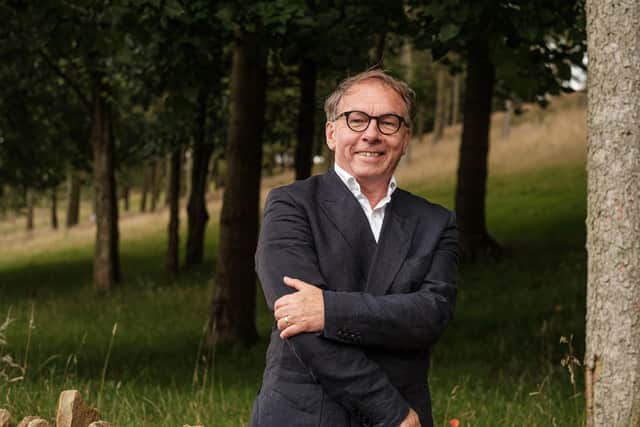Architect Ric Blenkharn on why blueprints for the future of cities, towns and villages matters
The review was convened by the local authority who were keen to hear our views, so that the site could be considered in a holistic manner when it was brought to the market.
We looked at the impact of development in terms of massing, impact on surrounding listed buildings, the impact of traffic, pedestrian circulation and the
Advertisement
Hide AdAdvertisement
Hide Adprovision of public realm for the benefit of the wider community.


Such planning should be the benchmark of all development within all towns, cities and villages to enable a cohesive vision to be implemented for all.
This approach used to lie with local authorities in implementing masterplans for areas for use as a framework for development.
This still happens to a degree, but has far from the rigour necessary to achieve a substantive blueprint for the future. Having such a blueprint allows thought to be given to the necessary infrastructure and enable cohesive development to follow.
Advertisement
Hide AdAdvertisement
Hide AdThis ideology is one I have written about before, particularly re Scandinavian countries and I rue the fact that we don’t seem able to embrace such vision in this country.
I was reading the about the Esher Report in York, a report by Viscount Esher some 50 plus years ago, which looked at the city of York and identified areas for redevelopment which would benefit the city as a whole.
Then as now, the city was thought to be congested and traffic-ridden but large parts of it were also poor, run down, dull, drab and unattractive.
Central government was interested in doing something about this. The Minister of Housing and Local Government, first Richard Crossman and then Antony Greenwood, recognised that an historic city like York deserved better and local government was also interested.
Advertisement
Hide AdAdvertisement
Hide AdLabour and Conservative politicians on York City Council were united in wanting to make York a better place. All these objectives were based on a recognition that the old streets and buildings of York were an asset which should be treasured and conserved.
New development was to be encouraged in the right place, if it is of the highest architectural standard and worthy of becoming the heritage of tomorrow.
The report was a rallying cry which recognised that much good was already happening in York and which gave the developing conservation movement a solid platform on which to build.
It became a symbol and a tool, even though the Esher Report has been perhaps more referenced than read, it has united the city and prevented the worst excesses of heritage destruction.
Advertisement
Hide AdAdvertisement
Hide AdWith its emphasis on the positive economic value of conservation, it has served the city well. It would be great to see such vision being implemented across our region, so that towns, cities and villages can network together in terms of transport, energy use, housing and all relevant support facilities.
Such views demand far sighted vision, not yo-yo of political change we currently have. We need the vison being encouraged by the likes of the Wakefield Authority.